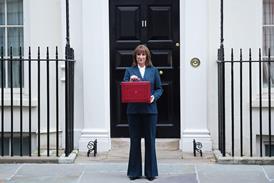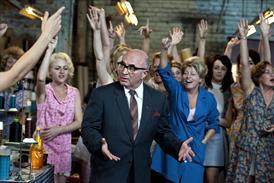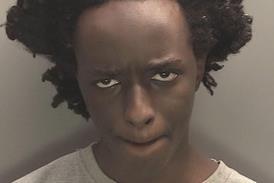In Tylicki v Gibbons [2021] EWHC 3470 (QB) the claimant was a professional jockey who sued the defendant, another professional jockey, in relation to a collision that occurred between their horses while racing in October 2016. The collision resulted in the claimant becoming paraplegic.

Her Honour Judge Walden-Smith said that the issues in the case were: 1) the standard of care to be taken by a jockey racing in a competitive environment; and 2) whether the defendant’s riding fell below that standard of care. The leading authority for this case was Caldwell v Maguire and Another [2001] EWCA Civ 1054. In that case, the court had said that the issue of negligence in a sporting contest was fact-specific and set out five principles:
1) Each contestant in a lawful sporting contest owed a duty of care to each and all other contestants. However, by engaging in a sport or pastime the participants might be held to have accepted risks which were inherent in that sport or pastime, although that did not eliminate all duty of care. Whether or not such a duty arose, and the extent of that duty, must necessarily depend in each case upon its own circumstances.
2) The duty was to exercise in the course of the contest all care that was objectively reasonable in the prevailing circumstances for the avoidance of infliction of injury to such fellow contestants.
3) The prevailing circumstances were all such properly attendant upon the contest and included its object, the demands inevitably made upon its contestants, its inherent dangers (if any), its rules, conventions and customs, and the standards, skills and judgement reasonably to be expected of a contestant.
4) Given the nature of such prevailing circumstances the threshold for liability was in practice inevitably high; the proof of a breach of duty would not flow from proof of no more than an error of judgement or from mere proof of a momentary lapse in skill (and thus care) respectively when subject to the stresses of a race.
5) In practice it might be difficult to prove any such breach of duty absent proof of conduct that in point of fact amounted to reckless disregard for the fellow contestant’s safety.
The rules of racing provided that dangerous riding involved a rider causing serious interference by purposely interfering with another horse or rider. That was not alleged in this case. Alternatively, dangerous riding was riding in a way that was far below that of a careful and competent rider and where it would be obvious to such a competent and careful rider that riding in that way was likely to endanger the safety of a horse or rider.
The judge commented that findings of dangerous riding by stewards’ enquiries following races were extremely rare. There had been a stewards’ enquiry, a matter of minutes after the race, which had found the collision to be accidental. It was the judge’s conclusion that the stewards ought to have adjourned the enquiry because they simply did not have sufficient evidence or time to come to a conclusion in the immediate aftermath of this race.
The judge considered the video footage of the race. She found that the claimant’s horse had moved up in the space between the defendant’s horse and the rail to the right of the racetrack. At that point the claimant’s horse was in a position to overtake and was entitled to be there as there was sufficient space. The judge held that it was more likely than not that the defendant was aware of the claimant coming up on his inside, or alternatively that he should have been so aware. Jockeys needed to have an awareness of where the other horses were, and a rider should be aware of what was happening alongside them, if not behind. The claimant’s evidence was that the defendant had then directed his horse towards the rail and that his horse had speeded up. Around that time, there was a small collision between the horses. Realising that he could not get past, the claimant said that he tried to pull up his own horse and that he had shouted a warning to the defendant. It was at this point that the collision occurred that caused the claimant’s injury.
The judge found that the claimant was entitled to take the decision to try and overtake the defendant and that he was also entitled to take the subsequent decision to pull up. Expert evidence was given to the effect that if the defendant manoeuvred his horse across to the rail either at all or without checking for the presence of a horse on his inside, then he would have been in breach of the racing rules, which might fall within a range of careless to dangerous riding. The judge found that this was precisely what the defendant did, by ‘closing the door’ on the claimant.
According to expert evidence, which the judge accepted, the defendant had visibly exerted considerable tension on his right rein. After the initial collision and the warning shout from the claimant, there was a further opportunity for the defendant to act in a way that might have avoided the second collision. However, despite the claimant pulling up hard to decelerate, the consequence of the defendant continuing with bringing his horse towards the rail, was that there was a second collision between the forelegs of the claimant’s horse and the back heels of the defendant’s horse.
The judge found that the defendant had had a reckless disregard for the claimant’s safety. His actions were not mere lapses or errors of judgement. This was a course of action that carried over a number of seconds, which was a sufficient period of time for a skilled jockey to make decisions.
Consequently, liability against the defendant had been made out. The judge stressed that the threshold of liability for negligence was a high one and had been determined on the particular facts of this case.
Malcolm Johnson is legal director and head of child abuse compensation claims at Lime Solicitors, London































1 Reader's comment